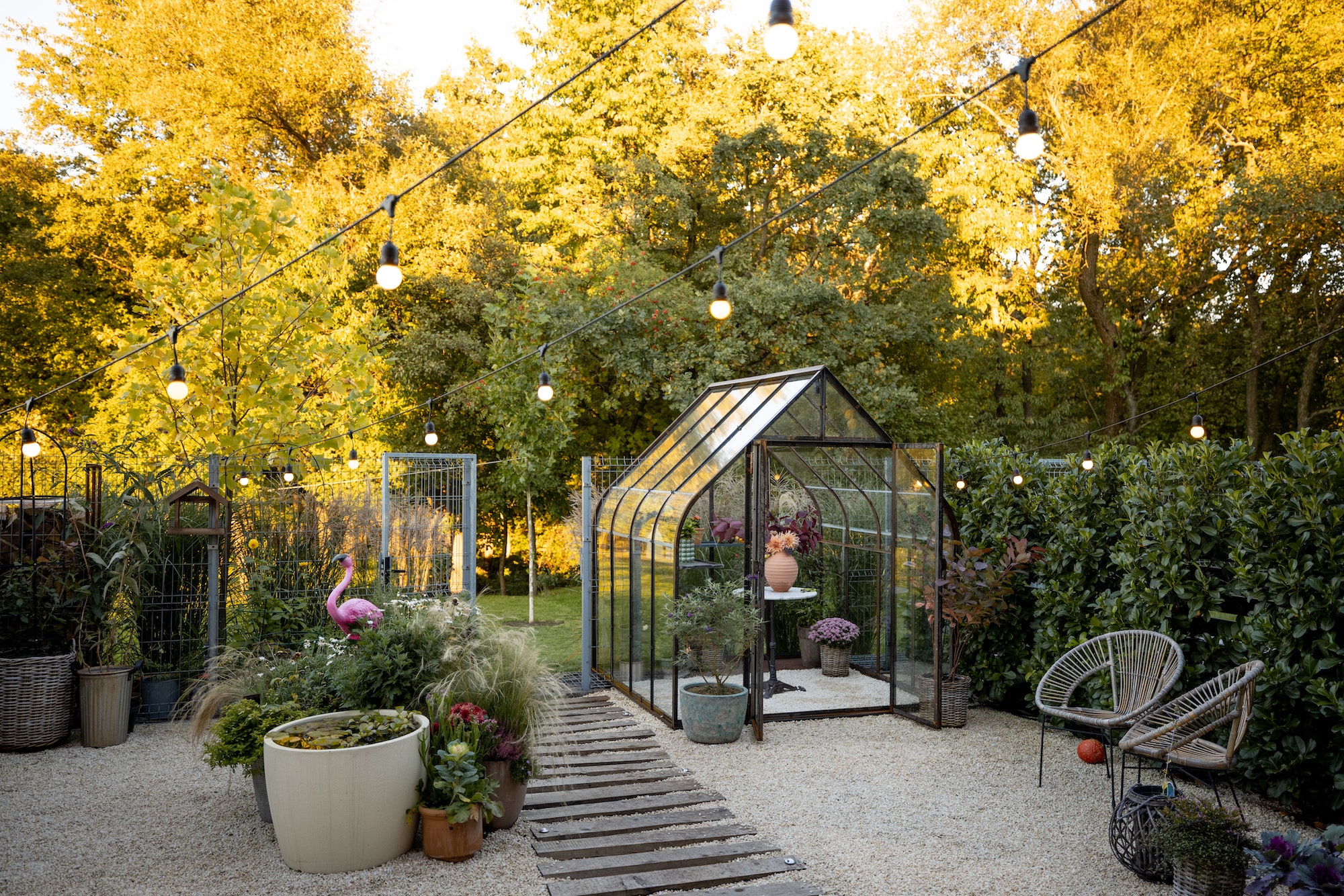Gardening is not just a hobby; it’s a rewarding and therapeutic journey that connects us with nature and fosters a sense of accomplishment. Whether you’re a seasoned gardener or just starting out, this comprehensive guide is here to help you elevate your gardening game to new heights. From understanding the intricacies of soil composition to harnessing the power of companion planting, we’ll delve into a myriad of gardening tips and tricks that will transform your outdoor space into a lush, vibrant oasis.
1. The Soil Foundation: Nurturing Growth from Below
The key to a successful garden lies beneath the surface – the soil. Before you even consider planting, it’s essential to analyze your soil’s composition and pH levels. Different plants thrive in different soil types, so amending the soil to suit your chosen plants is crucial. Adding organic matter such as compost or well-rotted manure can improve soil structure, water retention, and nutrient availability. Remember, healthy soil equates to healthy plants, which in turn discourages pests and diseases. Services for certified arborist tree care can also provide invaluable insights into maintaining healthy trees within your garden’s ecosystem.
2. Right Plant, Right Place: The Art of Sunlight Arrangement
Understanding the sunlight requirements of your plants is a fundamental aspect of gardening success. Some plants thrive in full sunlight, while others prefer the cool embrace of shade. Observe your garden throughout the day to identify areas of sun and shade. Group plants with similar light requirements together, allow you to optimize water usage and create visually appealing arrangements. Consulting a certified arborist tree care near me service can provide specialized guidance on integrating trees that not only offer shade but also enhance the overall aesthetics of your garden. By strategically planning your plant placements based on their sunlight preferences, you’ll not only ensure their optimal growth but also foster a harmonious and vibrant garden ecosystem that captivates the senses and provides a tranquil retreat for both you and your guests.
3. Water Wisdom: Hydration without Hesitation
Watering is more than just a task; it’s an art. Overwatering or underwatering can harm your plants and lead to disappointing results. When and how you water depends on various factors, including plant type, weather conditions, and soil moisture. Consider investing in a drip irrigation system for efficient water delivery directly to the plant’s roots, minimizing water wastage. Native plants and drought-resistant varieties are excellent choices for conserving water and reducing maintenance efforts. Professionals can offer insights on proper watering techniques for trees in different seasons.
4. Companion Planting: Nature’s Harmony Unleashed
Companion planting is like arranging a botanical orchestra where each plant has a role to play in the symphony of growth. Certain plants naturally enhance each other’s growth, repel pests, or improve soil fertility. For instance, planting marigolds alongside tomatoes can deter harmful insects, while beans can enrich the soil with nitrogen, benefiting neighboring plants. By strategically incorporating these combinations, you not only foster a healthier garden ecosystem but also reduce the need for chemical interventions. Remember to explore companion planting ideas suitable for your local climate and soil conditions.
5. Weeding Wisdom: The Art of Persistence
Weeds are the uninvited guests that can quickly overrun your garden if left unchecked. Regular weeding is essential to maintain the health and appearance of your garden. Instead of resorting to chemical herbicides, try mulching your beds to suppress weed growth naturally. Organic mulches like straw, wood chips, or leaves not only deter weeds but also retain soil moisture and improve soil structure as they break down over time. Additionally, a well-maintained garden with minimal weeds reduces competition for resources, ensuring your plants thrive.
6. The Pruning Paradox: Trimming for Triumph
Pruning is often a gardener’s dilemma – how much is too much? Pruning is essential to encourage healthy growth, remove dead or diseased branches, and shape plants for optimal aesthetics. When it comes to trees, the expertise of a certified arborist is invaluable. Certified arborist tree care services offer professional insights into tree pruning techniques that maintain tree health and structural integrity. Proper pruning minimizes the risk of falling branches and ensures your garden remains safe and beautiful.
7. Pest Management: Nurturing Nature’s Balance
Dealing with pests doesn’t have to involve harsh chemicals that harm beneficial insects and disrupt the ecosystem. Embrace integrated pest management (IPM) techniques by attracting natural predators like ladybugs, spiders, and birds that feed on harmful insects. Planting diverse species attracts a variety of beneficial insects, creating a balanced environment where pests are kept in check. If necessary, consider homemade organic solutions like neem oil or garlic spray to deter pests without harming the environment.

As you embark on your gardening journey armed with these comprehensive tips and tricks, remember that every garden is a unique canvas, reflecting your creativity and dedication. From nurturing the soil to embracing companion planting and seeking guidance from certified arborist tree care services, you have the tools to create a flourishing haven. Gardening is a continuous learning experience, so observe, adapt, and celebrate the small victories. With patience and perseverance, your garden will evolve into a lush sanctuary where nature’s beauty thrives in harmony with your care.
Discover more from Futurist Architecture
Subscribe to get the latest posts sent to your email.



![modern apartment [article_title]](https://www.futuristarchitecture.com/wp-content/uploads/2025/03/9-Choreographed-Hacks-to-Dance-With-Motorized-Drapes-900x600.jpg)